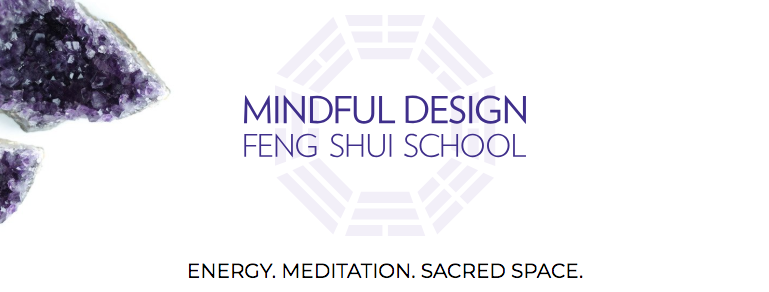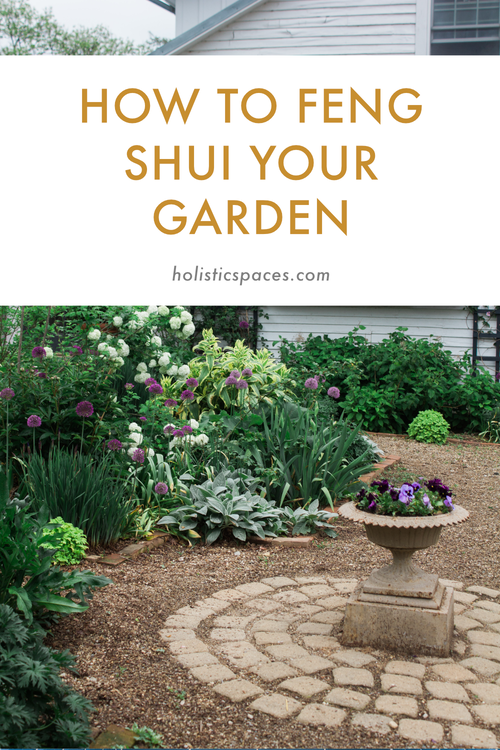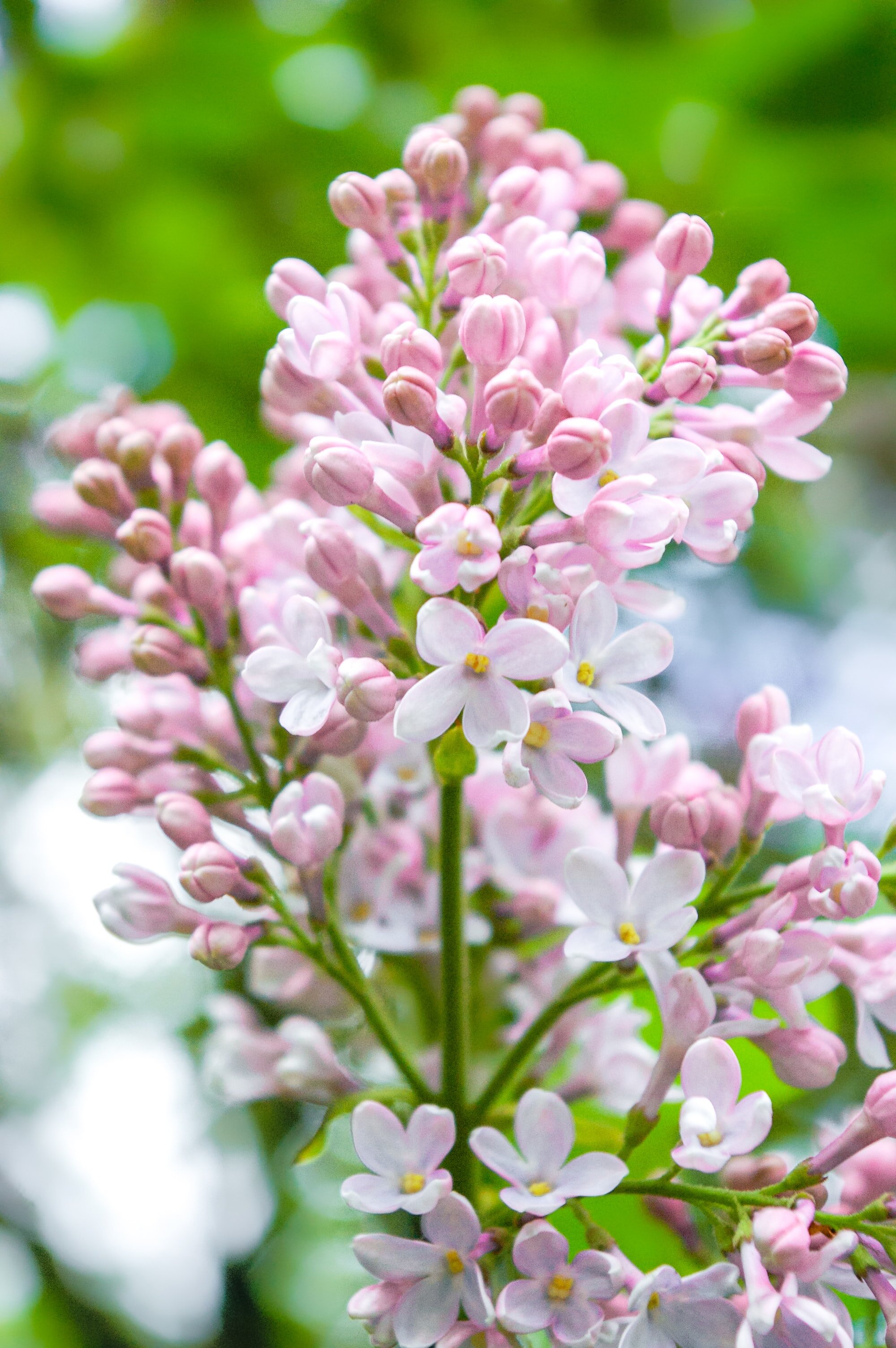Can you tell me more about the relationship area of the bagua?
The feng shui bagua map is a tool we use in feng shui. It’s often called an energy map, because there are different energetic areas of your life that correspond to a mandala that is overlaid on your home.
One of the most popular areas of the bagua map is called Kun position, usually represented by the color pink. It’s generally referred to as the relationship area or the love corner, or sometimes marriage. Based on these names, I’m sure you can understand why so many people are curious about it!
What a lot of people don’t know is that the bagua areas, called guas, have many different nuances and layered meanings that relate back to the I Ching and the five elements. Kun position is not only your romantic relationships, but also the mother element, the feminine principle, and mother earth. It’s related to yin earth, or soft earth, like sand.
Kun is a great area to work on when it comes to love and relationships. It also has to do with having love for yourself, mothering yourself, and healing your relationship to your mother, whatever that means for you. If you’re interested in working with Kun, I would encourage you to explore that mother element or feminine principle in your life. Some ways to explore this using feng shui are to sit in this area of your home, or bring some attention to it. Know that doing this is working in subtle ways to heal your love for yourself, your feminine side, your relationship with your mother, and your relationship with mother earth. This concept trickles down in so many ways, and it’s quite a deep teaching.
I hope you are able to spend some time giving attention to the Kun area of your home and life this week!
by Anjie Cho













